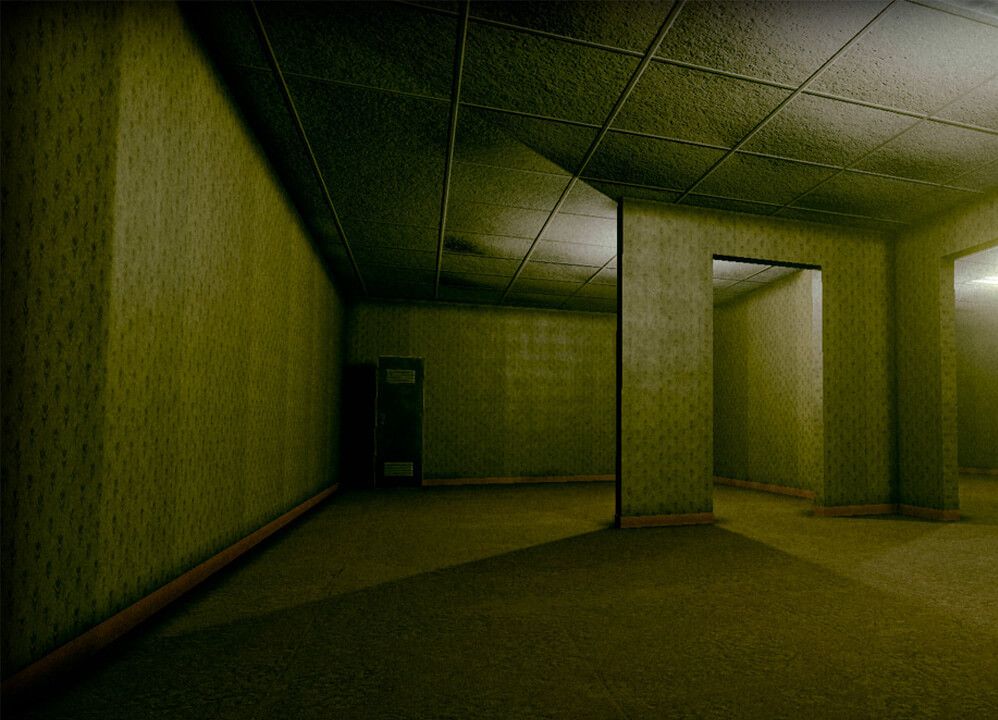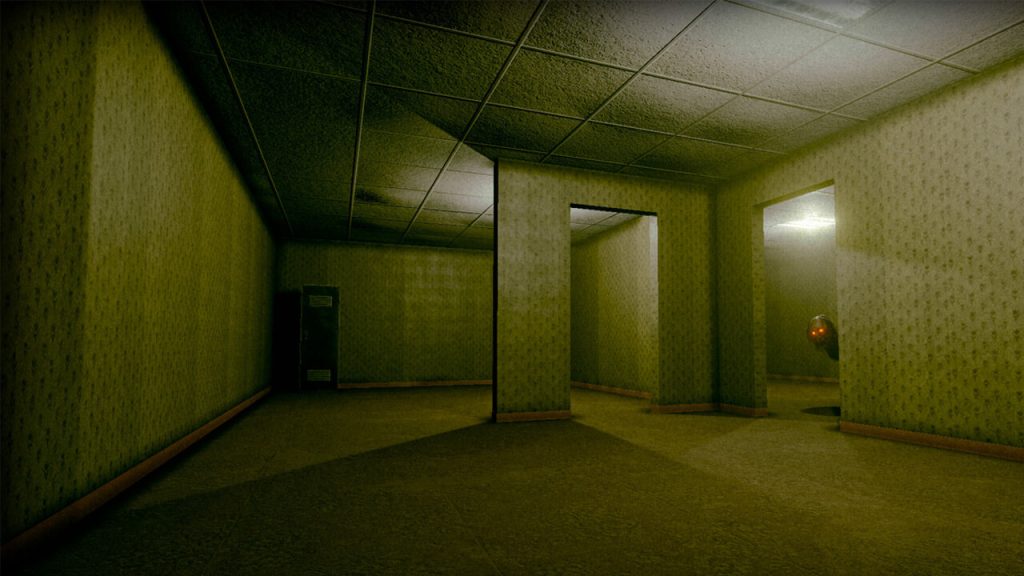The monster is coming. You hear its shuffles down the hall. The door won’t budge. No way out!
We’re all familiar with this trope. Seen it a hundred times in movies, books, TV. On some level we know what will happen. Yet somehow, whenever this moment arrives, it sends a shiver down your spine.
Why? How does that work?
I kind of wanted The Willies, but he had The Creeps on clearance.
This is the phenomenon we call, “The Creeps.” A state in which we, the human, feel nervous about an unspecified threat. It may be real, or it may not be…that part’s immaterial. The POTENTIAL threat is what unsettles us.
Unfortunately, books don’t come with a tiny speaker in them to whisper out those guttural noises coming closer, when you read about the monster appearing. (Though that would be pretty cool!)
So you have to use the words to generate “The Creeps.” No single ‘correct, always-works’ way exists for this. But you can make it easier by following a few rules.
HOW TO CREATE THE CREEPS
I’ve written several horror stories over the years (only one is published, as “The Burning Spectre”). To improve my horror game, I consulted legendary authors such as H.P. Lovecraft, and a few reference books.
Two excellent examples of the latter are, “The Power of the Dark Side” by Pamela Jaye Smith, and “On Writing Horror” by Mort Castle (editor).
According to such sources, when you want to make the reader nervous/unsettled/uncomfortable, you do these 3 things:
- Draw them in via the story environment.
- The monster targets the reader, not the characters.
- Make the threat realistic.
THE STORY’S ENVIRONMENT
Environment plays a huge role in The Creeps.
Ever played a horror video game? Those developers must work in dark offices with long hallways and old plumbing a lot.
The environment is all around you, at every moment, full of possibility. You might find a working flashlight.
A clicking may sound up ahead.
Did that shadow turn toward me?
You’re playing with almost-unconscious elements within the Environment. Color, sound, imagery, voice…all very subtle, but their subtlety makes them powerful.
The next time you’re out for a walk, notice the sounds around you. The feeling of the sidewalk under your feet. The colors on that one building. You’ll find that things you didn’t pay attention to before, become explosively ‘real’ to you.
That’s how the Environment works on your brain. You don’t consciously realize it’s happening. But it is happening.
And when you write out tiny shifts in a story’s Environment…even a few words passing right into your brain…now you’re agitated. Uncertain.
“Okay, so it’s a little weird in here but I can OHGODWHATISTHAT”
– Infamous Last Words
THE MONSTER
The monster deals in absolutes. Get to the victim. Break down or bypass any obstacles.
The monster cannot be reasoned with.
The monster never stops.
Sounds familiar, right?
This is what’s called vivid language. Strong, evocative sentences meant to paint a picture in your head.
Here’s another example. Picture Pennywise the Clown from It. Now picture Cthulhu from Lovecraftian lore. Recall the incomparable visage of the Frankenstein Monster.
Easy to do. Everyone knows at least one of these famous monsters. Yet they all started as words on a page. Those words, the vivid imagery they spawned, created the many images you’ve seen of those monsters.
Why use vivid language depicting monsters? Because it provides the mechanism for the monster’s scariness. See, the other side of the monster isn’t the characters in its story…it’s the reader. It’s you, reading this now.
The monster is coming at YOU.
THE REALITY OF “THE CREEPS” – THE DANGER IS OUT THERE
That leads into the third point of The Creeps’ triangle. To generate creepy feelings, your story must have some reflection of reality.
It must produce a situation your brain could accept, if it unfolded in front of them instead of on the page. An old creaky house. A long foreboding hallway. A dark, mist-drenched forest.
We’ve all been in places like these. And we’ve experienced, for a moment, the thought of, What if a monster shows up?
Good horror writers know these places. They know the feelings that come when you embed as much of their reality into the story as possible. You show the reader that closeness with reality, and their brain will say to them, “Given these circumstances, this could happen.”
Danger could be nearby.
Sounds can be anything.
The monster is coming.
Be ready to run.
A PEEK INTO THE AUTHOR’S MIND…
BUT DON’T LOOK TOO DEEP…
Vivid language. An unsettling environment. Close enough to get you.
It’s not easy to combine such elements, make a story original, and succeed at your goal. When you do though, people remember it. It’s why horror stories have such lasting appeal. Bram Stoker published Dracula in 1897! The first movie with Bela Lugosi came out in 1931. Yet vampires still remain a source of thrill and terror today.
Fear never runs out. Never goes away completely. Even the act of picking up a horror novel, knowing what it is, feeling the pages turn…the reality is that what you find inside can scare you. In many different ways.
Creepy, isn’t it?


